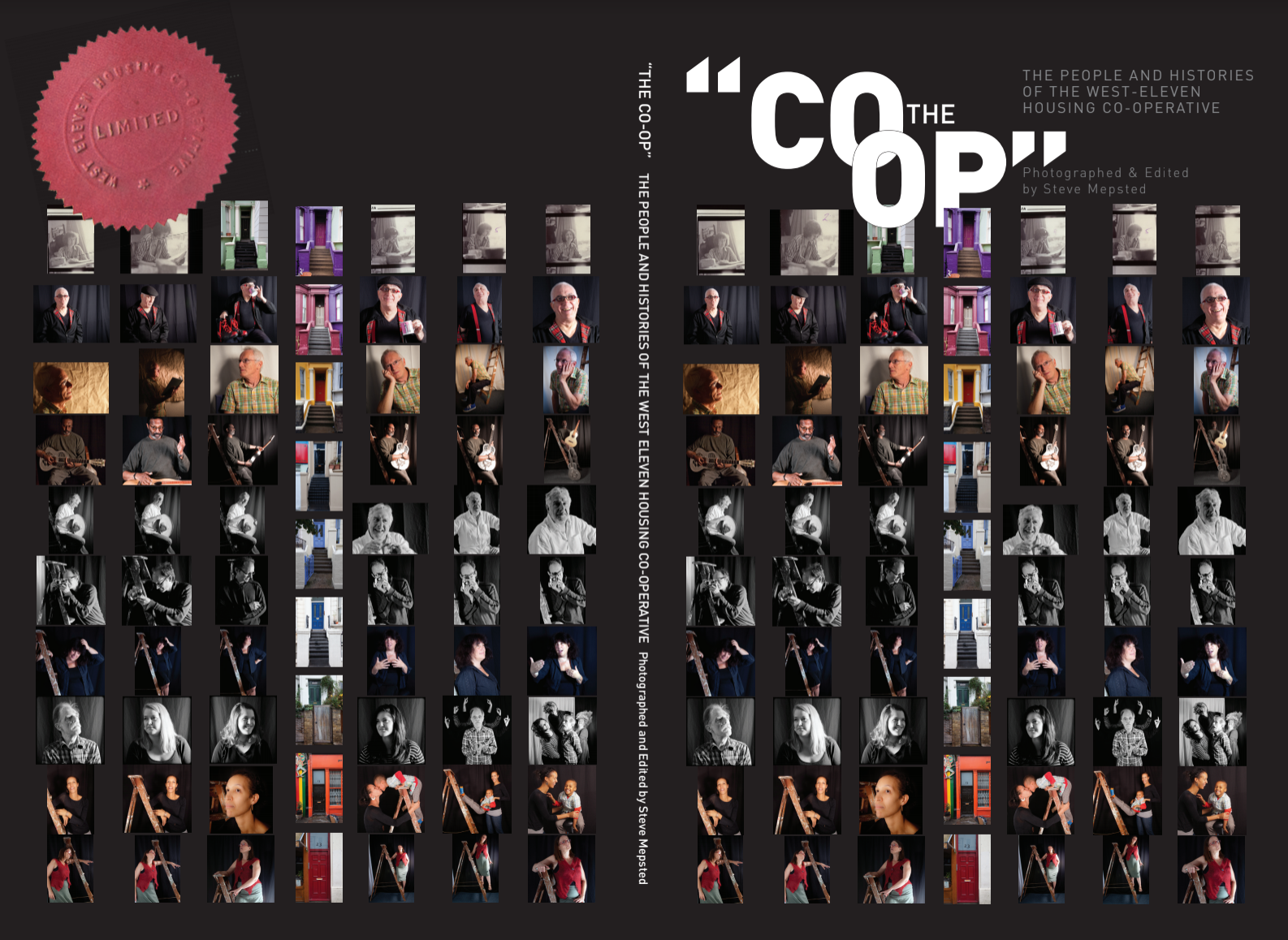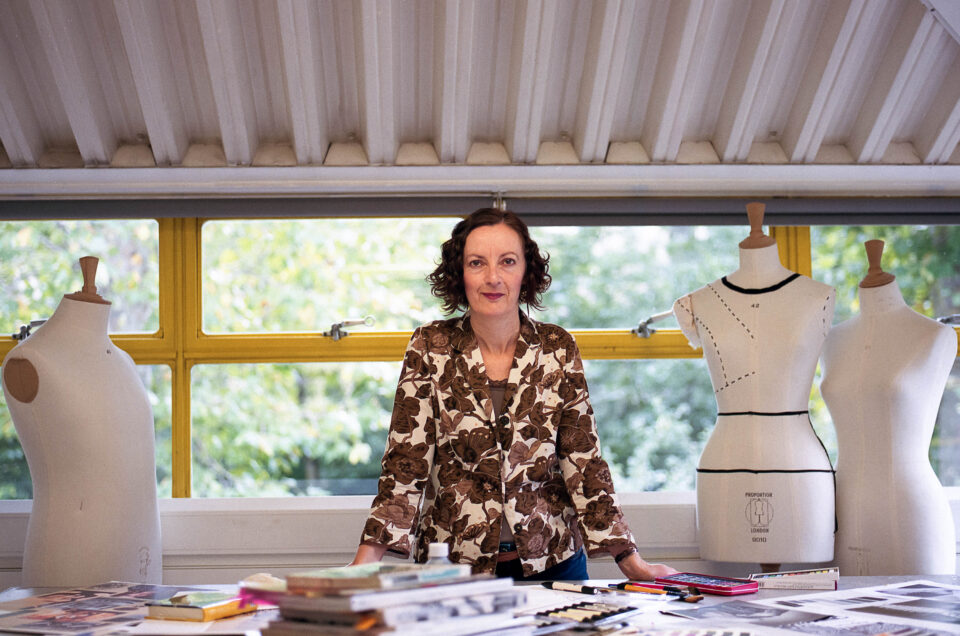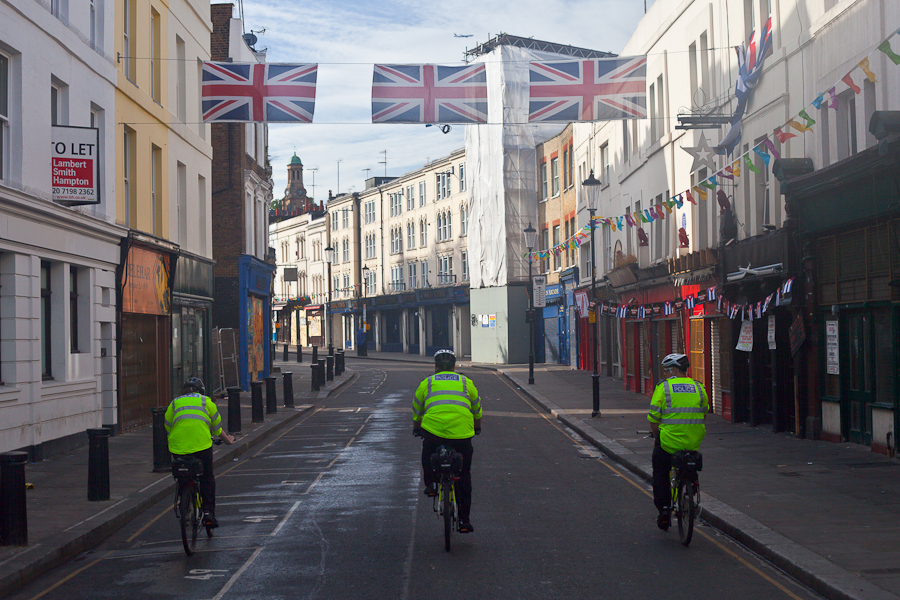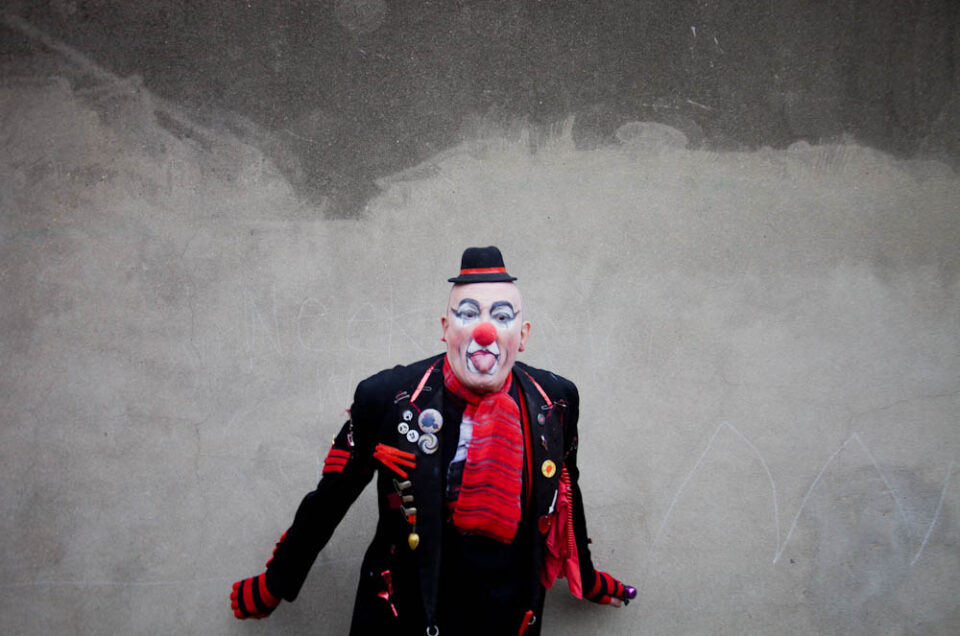Big Society
Book: ‘The Co-op’ People and Histories of the West Eleven Housing Co-operative
Some 179,000 people live in the Royal Borough of Kensington and Chelsea. There exists an extraordinary ethnic and cultural diversity; nearly half of the residents were born outside the UK and come from 90 countries, speaking over 100 different languages. It is the smallest borough in London but has the highest residential density. Although known as one of the wealthiest areas in the country a few wards are still considered within the ten per cent most deprived in England.
During the Summer of 2011 I interviewed and Photographed the members of The West Eleven Housing Co-op (of which I too am a member) and talked with them about the trails and tribulations of membership, management and maintenance of the co-operative housing project that began its journey in 1976. The results eventually formed a book and an exhibition. Below is a brief introduction and a gallery of the portraits I shot during the process.
The members of West Eleven Housing Co-operative, based as it is around the bustle of Portobello Road and its market, mirror this rich mix. Black and white, English, Scottish, Welsh, Irish, European, North American, South American, African and West Indian. The oldest members are in their 70’s. The youngest in their early twenties. Some have children, some work with their hands, some work in offices, some are artists, musicians, teachers, writers or actors, some are full time parents, others are unemployed or retired. The W11 area is similarly varied in its make up. It’s a working class area, yet it’s a locale in which fairly affluent people have chosen to make their homes. It’s a multi-cultural area, a notorious area, a ‘troubled area’ a ‘desirable’ area and always a bohemian area.
Housing has persistently been a problem in W11. Notting Hill Housing Trust was formed in the 1960’s as a response to Rachmanism: to provide affordable housing of a high quality. West Eleven Housing Co-op was formed in 1976 from a similar impulse. During the 1970’s, the Trust had become a vast organisation.
West Eleven’s motive was not only to be able to provide high-quality affordable housing, but also to provide a sense of community and control over living space.West Eleven Co-op manages 34 units in the heart of North Kensington. It collects rents, administers arrears control and keeps the flats maintained to a very high standard.
The Co-op has built up a body of experience and expertise providing day-to-day maintenance of the properties, carrying out emergency repairs and improvements and conducting a 5-yearly cyclical maintenance. The Co-op has a number of skilled trades-people within the membership, as well as people who have acquired a wide range of administrative skills. Some of the members have utilised their acquired abilities to find employment in other housing associations. West Eleven Housing Co-op has its roots in W11’s community.
The Co-op believed then and still believes, that a collective and co-operative organisation is a viable, essential alternative to the national housing and property casino. It engenders a strong sense of ‘principled living’ and community cohesion. The “Big Society” has been alive and well for 35 years here!
YOU CAN DOWNLOAD THE PDF OF THE BOOK HERE: W11 CO-OP HISTORIES BOOK © Steve Mepsted 2011 (It’s a big file so be patient!)

The book charts, through conversations with its members, the formation, management, trials and tribulations of the West Eleven Housing Co-operative.It is in part a celebration of the Co-op’s 35 years of existence and along the wayit attempts to illuminate some of the factors that necessitated the need for suchan operation, while revealing the daily work needed to keep the Co-op going. It isessentially a critique, it is celebratory without being triumphalist and its voicesdo not shy from criticism of the very organisation of which they are a part. Thepeople with whom I spoke are a cross-section of Co-op members, some have beenaround from the very first days of the Co-op, one has been only recently housed,another is currently un-housed, two of the interviewees are ‘Children of the Co-op’;the daughters of founder members. The impetus for making this book arose frommy own involvement with the Co-op as a member since 1993 and a housed mem-ber since late 1999. As the Co-op reached its 35th anniversary this year I felt that itwould be a useful enterprise to document the history of the organisation throughphotographs and interviews. My relationship with the Co-operative has been aperipatetically active one and so this book, the process of documentation, is onethat provided me with an interesting dual role: I was able to operate as a knowledge-able insider but also with the necessary questioning demanded of a ‘reporter’ orat the very least a participant observer.





